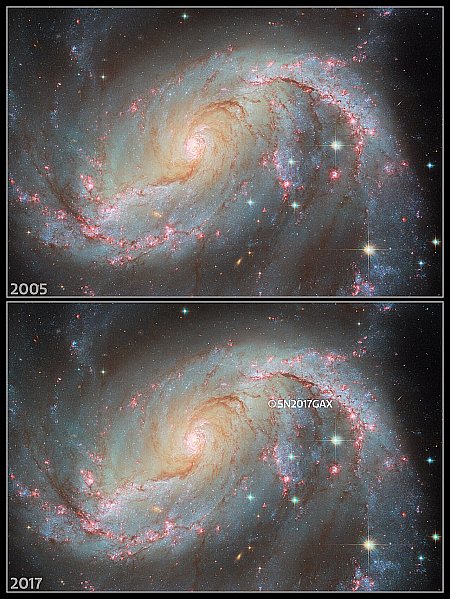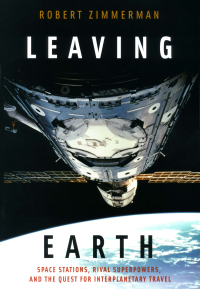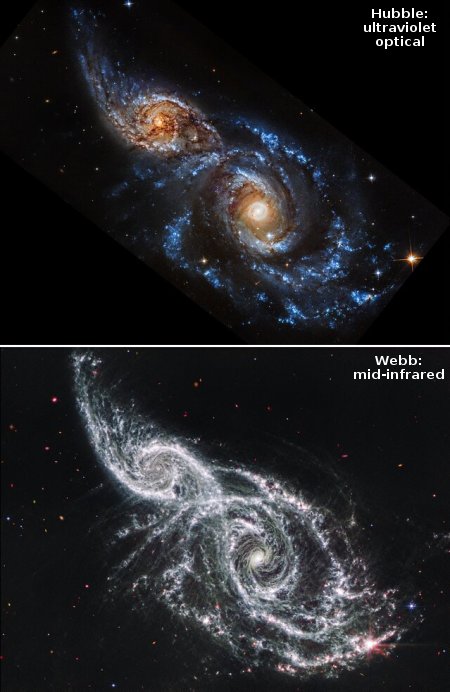Farewell to America

“Proclaim liberty throughout all the land unto all
the inhabitants thereof.” Photo credit: William Zhang
Despite my headline, this essay is not intended to be entirely pessimistic. Instead it is my effort to accept a reality that I think few people, including myself, have generally been able to process: The country we shall see after tomorrow’s election will not be the America as founded in 1776 and continued to prosper for the next quarter millennium.
The country can certainly be made great again. Elon Musk’s SpaceX proves it, time after time. The talent and creativity of free Americans is truly endless, and if Donald Trump wins it is very likely that energy will be unleashed again, in ways that no one can predict.
The country can certainly become free again. There is no law that prevents the elimination of bureaucracy and regulation, no matter how immortal government agencies appear to be. The fall of the Soviet Union in 1991 proves this. Though Russia has sadly retreated back to its top-down government-ruling ways, the country did wipe out almost all its bureaucracy in 1991, resulting in an exuberant restart that even today is nowhere near as oppressive as Soviet rule.
Should Donald Trump win, we should have every expectation that he will do the largest house-cleaning of the federal government ever. The benefits will be immeasurable, and magnificent.
What however will not change, even if Donald Trump wins resoundingly tomorrow, is the modern culture and political ethics that now exist. That modern culture is fundamentally different than the America that existed during the country’ s first 200 years, and it guarantees that America can never be the country it once was.
» Read more













